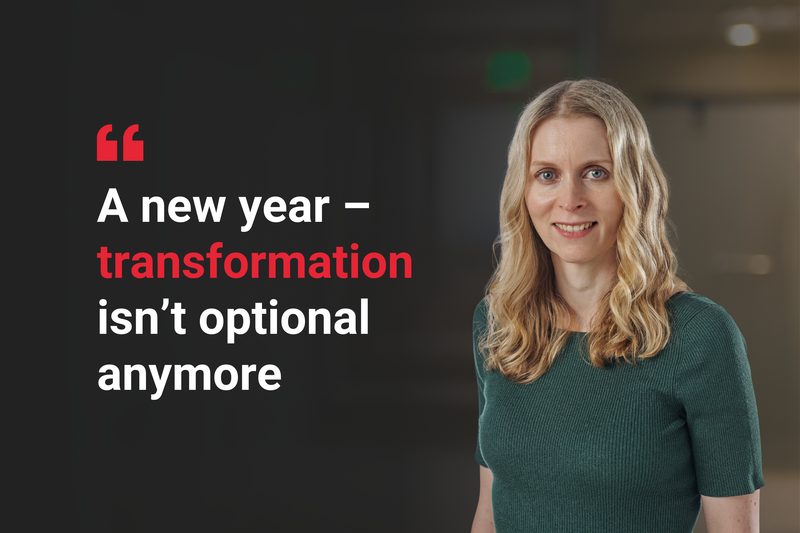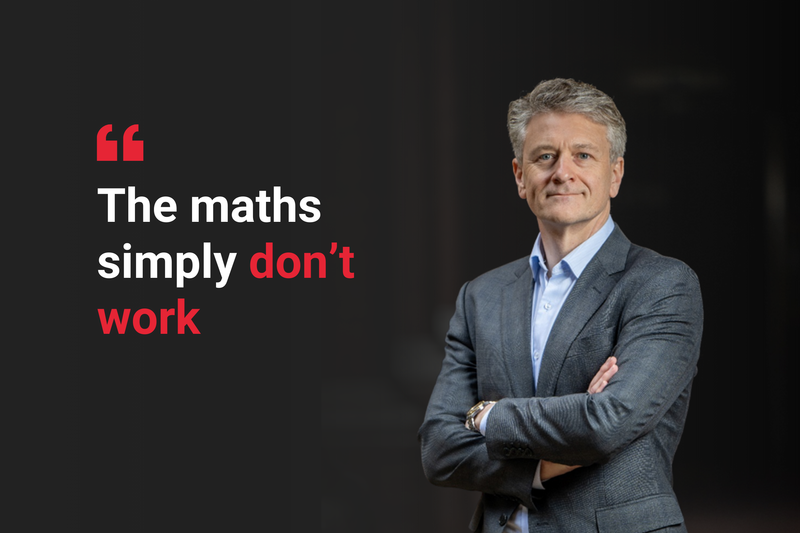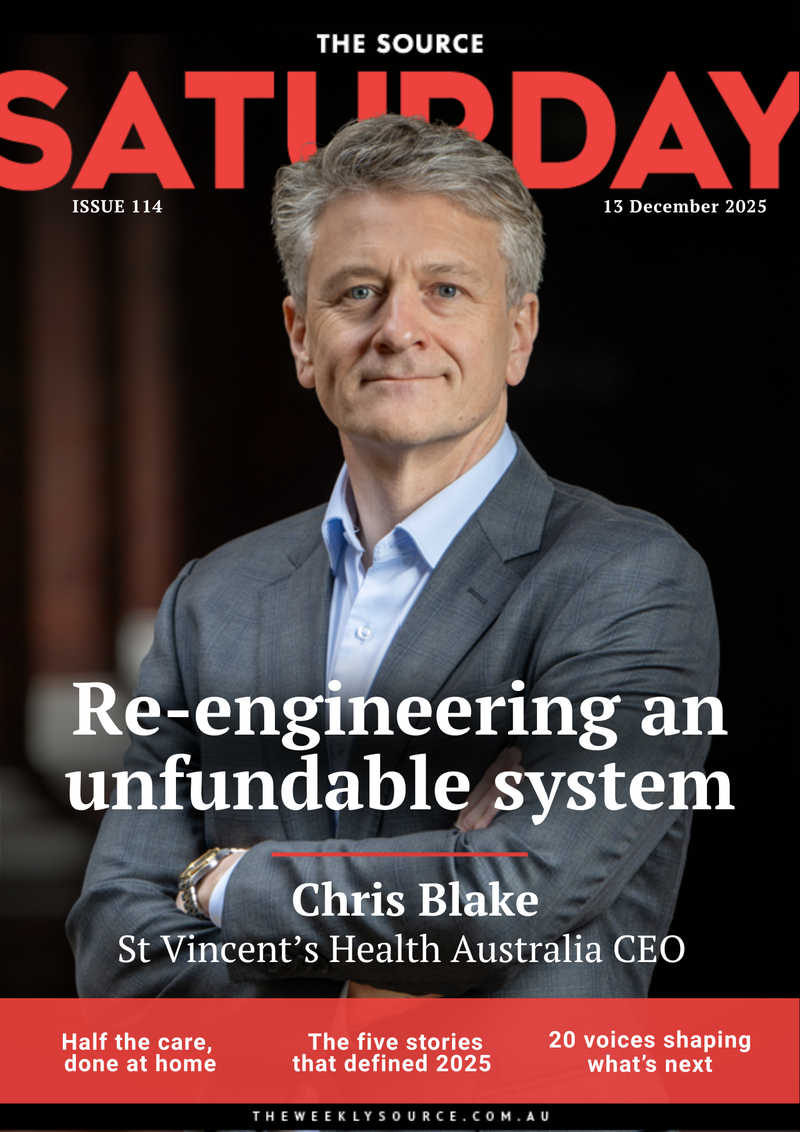Managing change: A critical and underappreciated element in digital transformations
Poor change management practices are often at fault when digital health implementations go wrong, with inadequate communication between IT experts and clinical staff a source of blame. But a program of codesign and consultation can be a powerful...
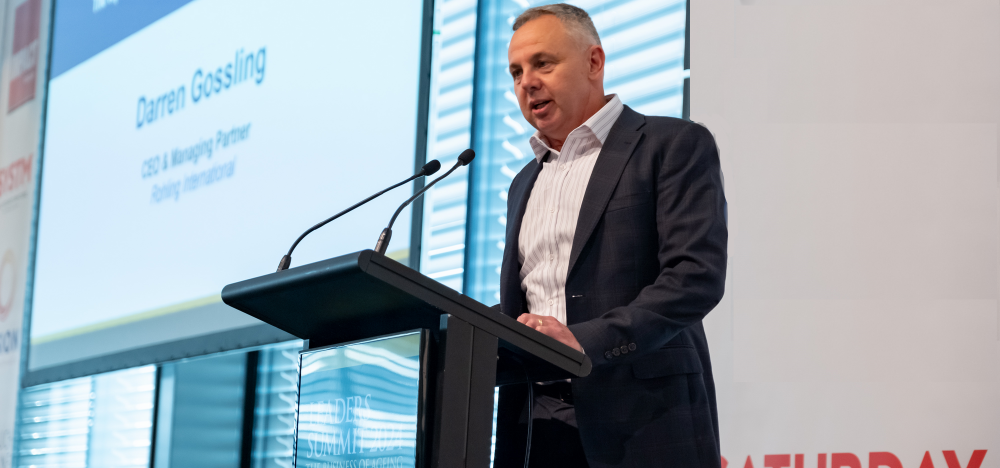
Poor change management practices are often at fault when digital health implementations go wrong, with inadequate communication between IT experts and clinical staff a source of blame. But a program of codesign and consultation can be a powerful means of preventing problems.
"It is often the first item cut from an implementation budget but the cost of not investing in change management can be considerable for a provider," Darren Gossling, CEO of business and technology consulting company Rohling, said. "Time, stress, confusion and conflict can all be lessened, and the outcomes far improved, with the guidance that change management experts provide in navigating organisations through complex projects." Rohling and DCM Group brought together CIOs from some of Australia's premier aged care providers to hear about their digital transformation journeys, and change management was viewed as an important – and underappreciated – part of the process.
Innovation comes with "organisational change impact"
Catholic Healthcare's CIO Brett Reedman said introducing innovation comes with an "organisational change impact".
"You've got to find ways to continue to innovate, push the boundaries and look for new ways. Whether it be for operational efficiency, whether it be for some new tech around wearables for our clients, we need to try and find ways to innovate to help our organisation," Brett said.
"[But] a lot of organisations, and not just in the aged care sector, think that the project manager can do everything and they roll out a project and that's it. But no, it's a way of implementing that change, embedding that change, following it through to make sure that the change is delivering on the benefits that you're trying to achieve. So to do that you need the right sort of people, the right sort of resources and skills."
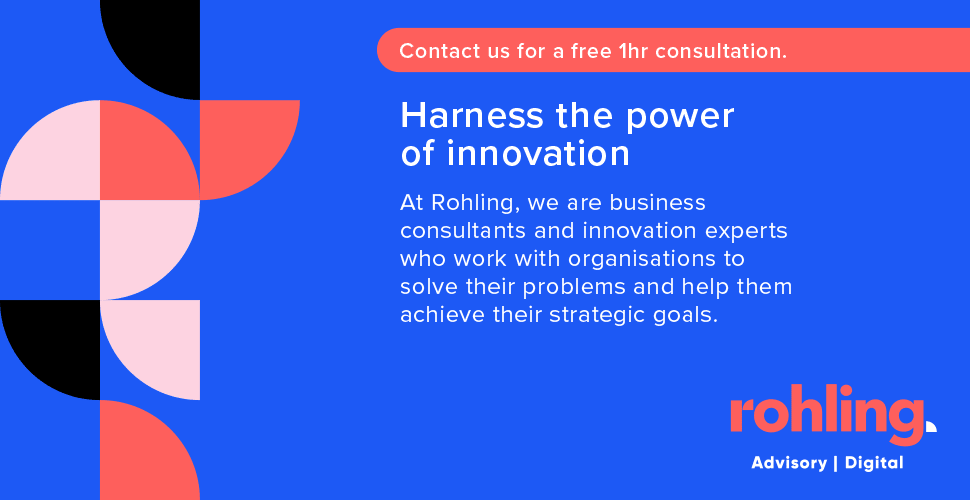
Craig Carter, CIO at ACH Group, said in the "olden days" good workers were elevated to the role of project managers without the requisite skills, "and there was a reason why a lot of projects were failing".
"It's not just about the implementation and the adoption of the change, whatever it is, it's actually about, from day one, capturing the hearts and minds of people as to why you're doing it," Craig said.
"So change management actually starts at the very, very start of the project. It isn't something that comes in at the end. I think a number of organisations, and we've been guilty of this ourselves in our earlier transformation activity, we considered it kind of a last stage activity as opposed to something that needs to happen throughout the life cycle to make sure that it delivers the benefits which we expect."
Change management often the first cut from project budgets
For BaptistCare CIO Daniel Pettman, change management needs to be integrated from the planning stage and beyond the end of a project to "freeze" the change. "I often say in the organisation there's no such thing as an IT project. Everything is a business project and it really is a partnership between technology departments and business teams to really achieve the outcomes of the projects," Daniel said. "Most large technology projects have impacts on people, on process, on culture, on data hygiene and it's a combined effort to realise the benefits of those projects throughout the project. And you need to have change at the start, in the planning phase. You need to have it at the end, when you freeze that change. And you need to have it after that change is frozen, to make sure you're not slipping backwards. So it is something that has to be embedded in the whole life cycle of any kind of business or IT initiative." But Craig agreed that change management can often be the cost that's cut. "It's usually one of the first costs which is looked at when you're considering the cost of an implementation," he said.
"Everybody wants the technology, so the technology gets the guernsey. Change management is where you start to see people cut a few corners … They pay for those decisions in the end."
Projects that have attracted criticism and failed to bring staff, including clinical teams, along on the journey are well documented, with numerous examples of doctors' groups speaking out against implementations alleged to have been protracted, uncollaborative, flawed, unfit for purpose or imposed upon them.
Engaging staff in the process is key
The stakes are high in health and aged care. But beyond the critical clinical care implications, implementation problems can cause other consequences. In one 2023 example, Queensland pushed ahead with a "bungled" health software project in part because it didn’t want to incur “significant reputational damage”. "Engaging staff throughout the process, providing them with ownership, addressing their concerns and ensuring their needs are met are paramount in any transformation project," Rohling's Darren Gossling said.
"Change management brings stakeholders – including clinicians and consumers – along for the ride. It's an expert process that comes at a cost but adds real value."
To Catholic Healthcare's CIO Brett Reedman, change management doesn't receive the recognition it should. "People see change management as either being the comms or the training. But it's a lot more than just both of those pieces … it is a discipline that I don't think gets enough respect." Read more about Rohling's organisational change management expertise in this Carrington Care case study.



